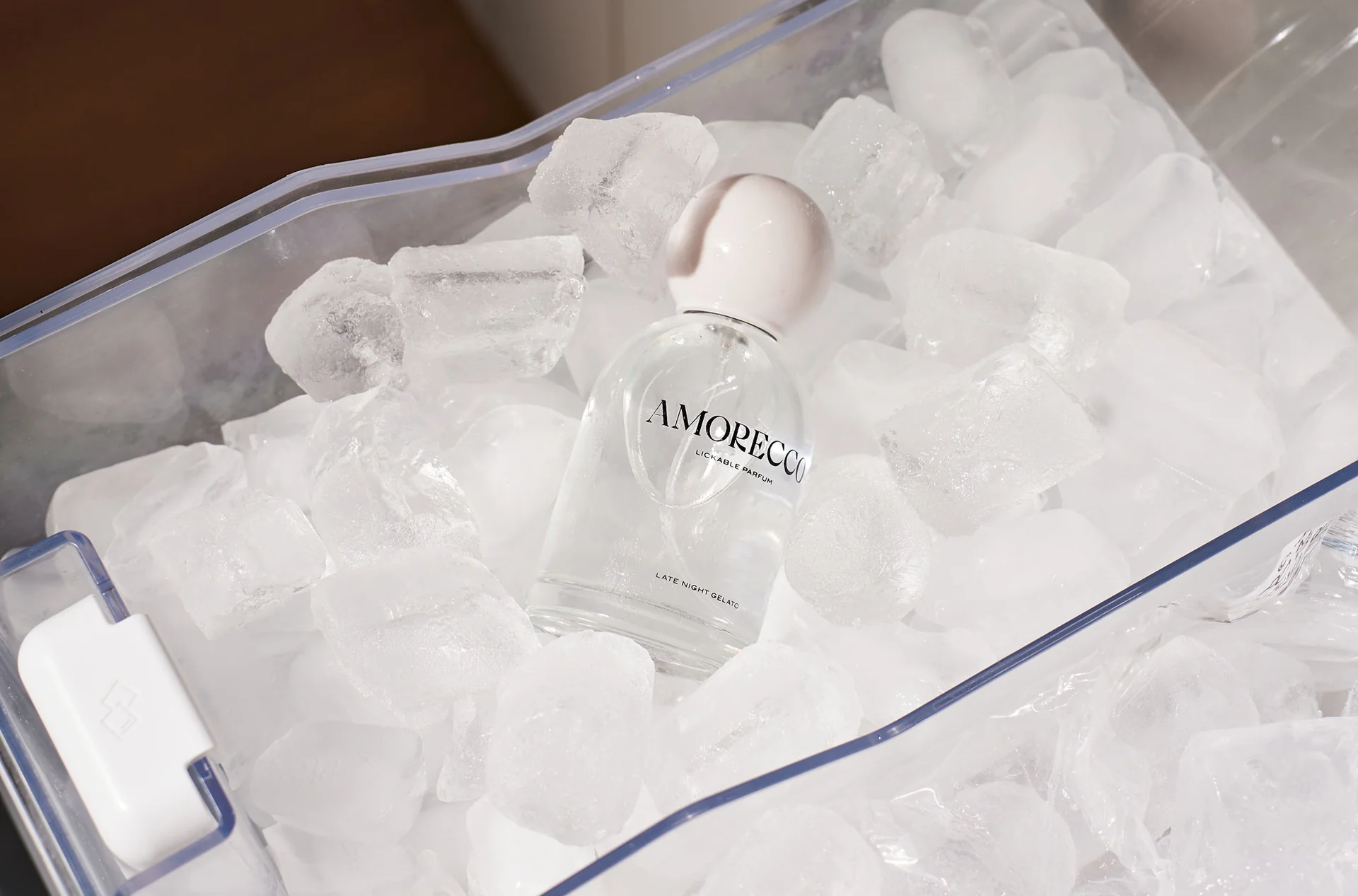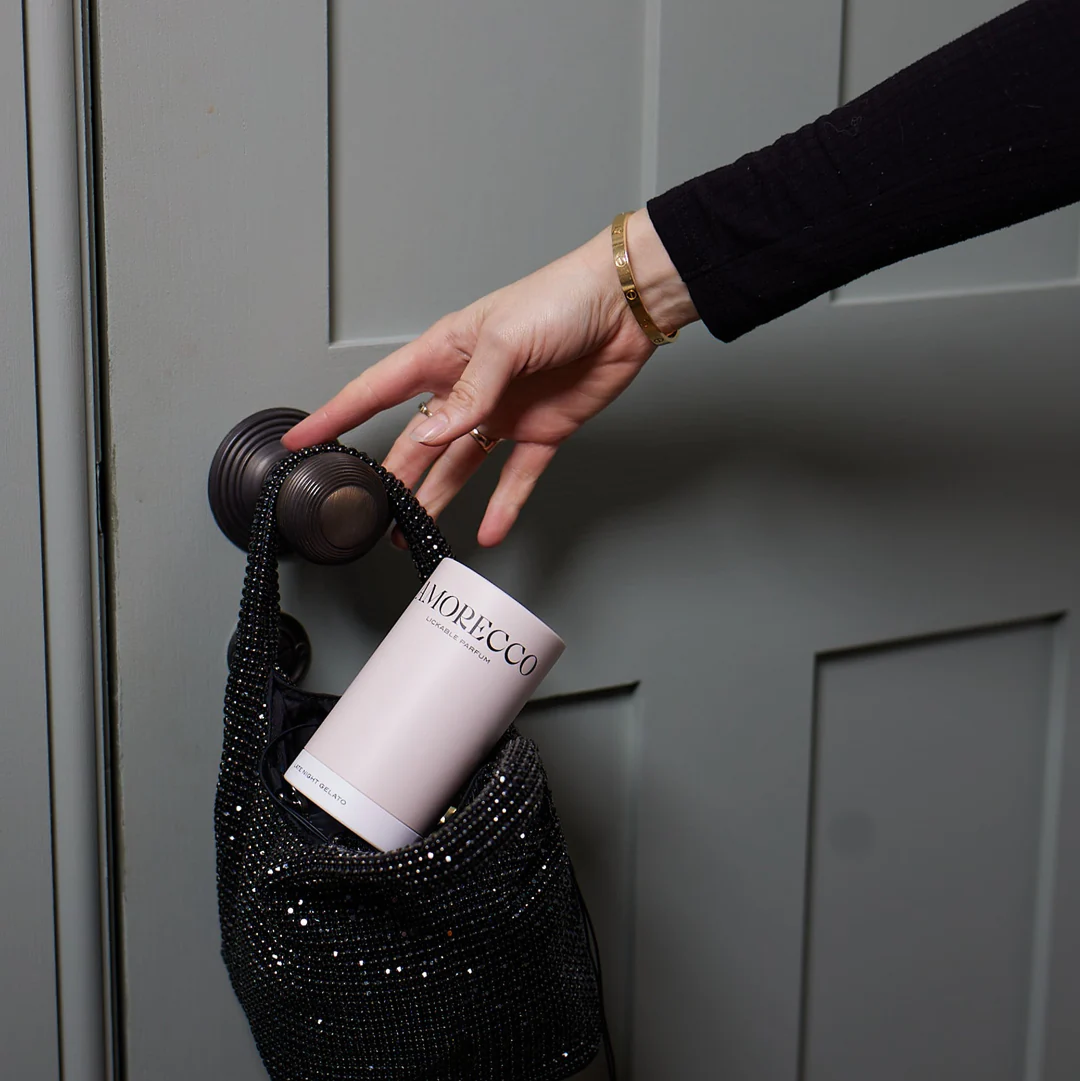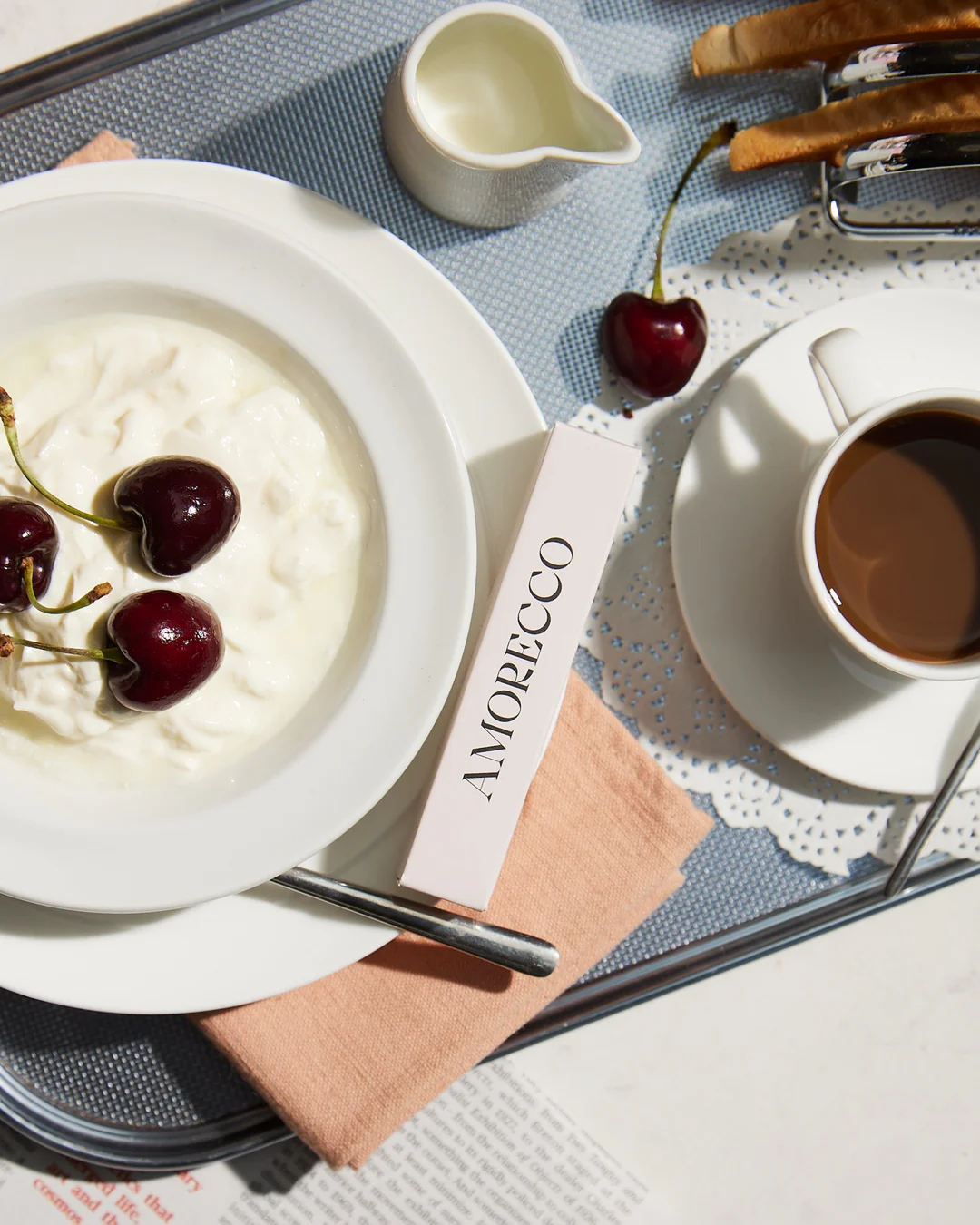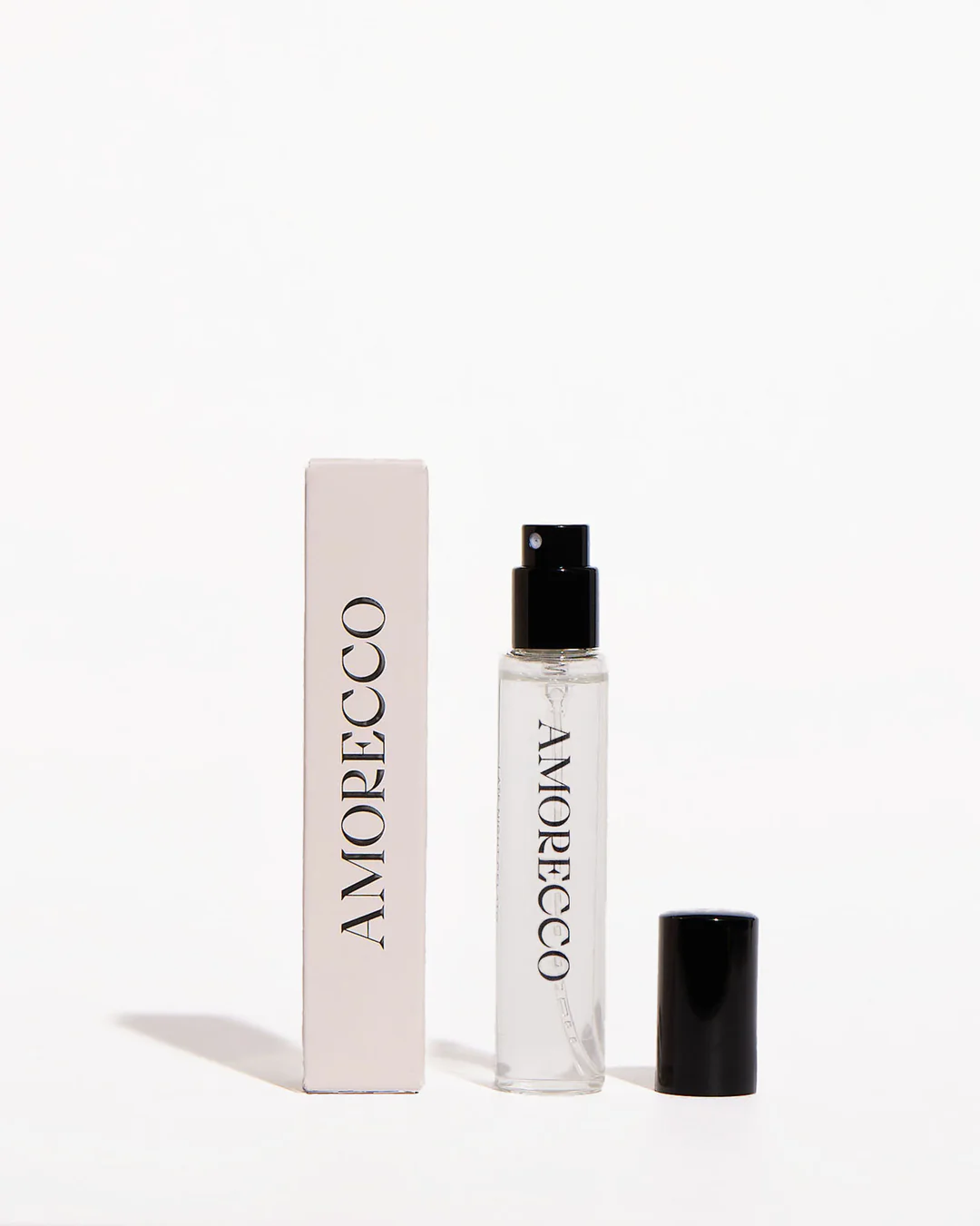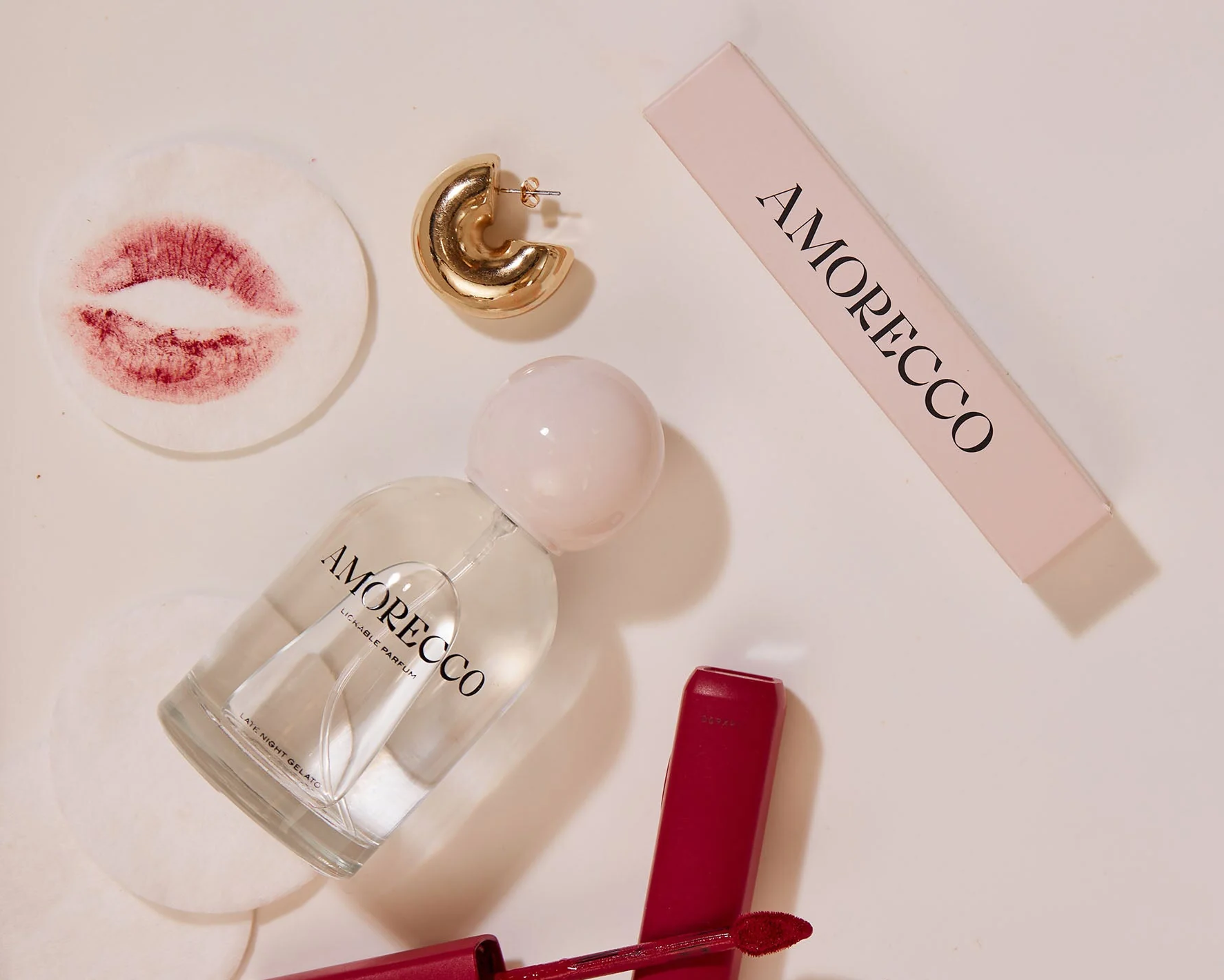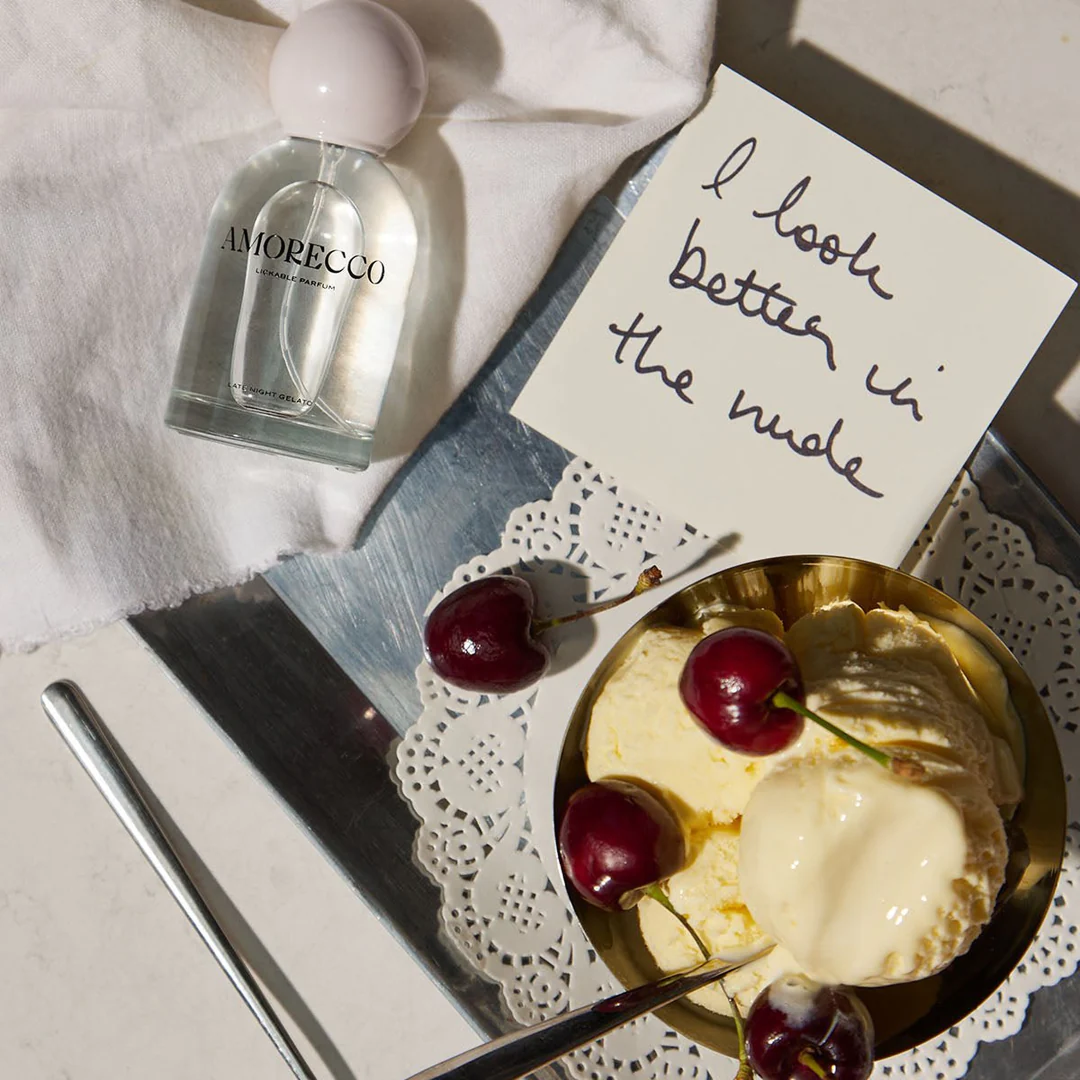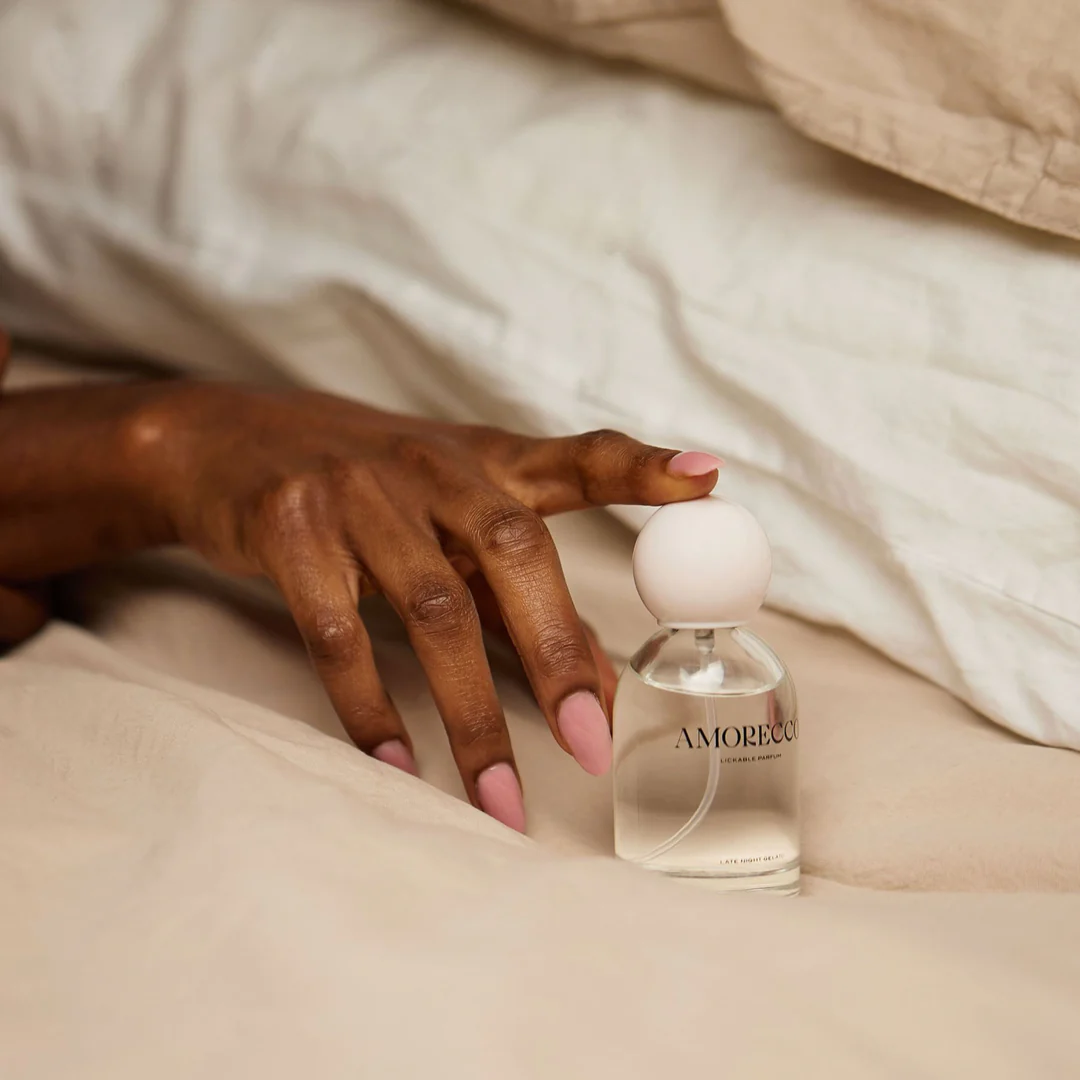We applied the matter and mean more framework Amorecco’s category creation problem: we allow ourselves to be guided by the nuance of behaviour and emotion.
We question everything, seeking larger patterns to reinforce insight with integrity.
Research methods deployed included:
o 20+ contextual ethnographies & in-home observations
o 80+ one-to-one interviews with beauty editors, fragrance buyers, and consumers
o A dual-mode consumer survey probing both System‑1 predispositions and explicit buying behaviour
o A scent-focused competitive shopping audit, plus landscape mapping across fragrance, wellness, beauty, and sexual wellness
o Social listening, community analysis, and media trend reviews
o Over 30 industry reports and academic reviews—from Meltwater and Morgan Stanley to research olfaction in sexuality.
Three Brand Drivers emerged:
Buying Identity
Every person we spoke with said they weren’t just buying a perfume—they wanted a fragrance that felt uncommon, unique, a claim to identity. Scent is an intimate part of building self-concept and individuality.
The Desire to Be Desired
Buying a fragrance often tied to external validation, Whether seeking romantic attention or social affirmation, scent became a tool. For partners or when courting, many consumers would defer to others preferences over identity.
Presence-Crafted Rituals
Consumers employ different scents for daily identity and for moments they want to feel extraordinary. Rachel Herz showed that combining taste and smell enhances memory encoding—exactly what Amorecco activates. And 70% of consumers will pay more for sensory-driven, and mindful products.
The opportunity lay in multi‑sensory activation—taste, scent, touch, emotion—all in one. Elevating intimate moments.
